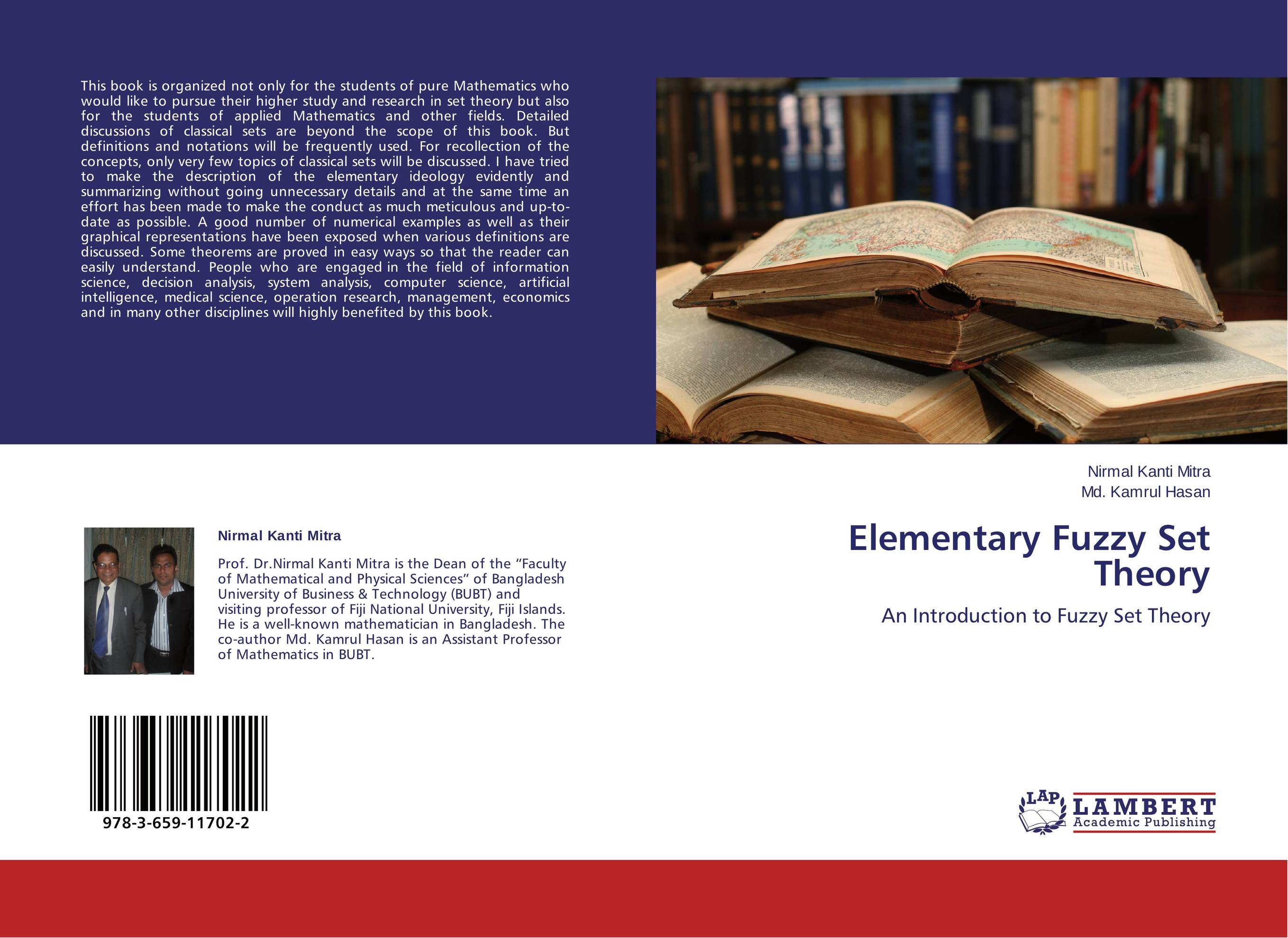| Поиск по каталогу |
|
(строгое соответствие)
|
- Профессиональная
- Научно-популярная
- Художественная
- Публицистика
- Детская
- Искусство
- Хобби, семья, дом
- Спорт
- Путеводители
- Блокноты, тетради, открытки
Elementary Fuzzy Set Theory. An Introduction to Fuzzy Set Theory

В наличии
| Местонахождение: Алматы | Состояние экземпляра: новый |

Бумажная
версия
версия
Автор: Nirmal Kanti Mitra and Md. Kamrul Hasan
ISBN: 9783659117022
Год издания: 2014
Формат книги: 60×90/16 (145×215 мм)
Количество страниц: 96
Издательство: LAP LAMBERT Academic Publishing
Цена: 22561 тг
Положить в корзину
| Способы доставки в город Алматы * комплектация (срок до отгрузки) не более 2 рабочих дней |
| Самовывоз из города Алматы (пункты самовывоза партнёра CDEK) |
| Курьерская доставка CDEK из города Москва |
| Доставка Почтой России из города Москва |
Аннотация: This book is organized not only for the students of pure Mathematics who would like to pursue their higher study and research in set theory but also for the students of applied Mathematics and other fields. Detailed discussions of classical sets are beyond the scope of this book. But definitions and notations will be frequently used. For recollection of the concepts, only very few topics of classical sets will be discussed. I have tried to make the description of the elementary ideology evidently and summarizing without going unnecessary details and at the same time an effort has been made to make the conduct as much meticulous and up-to-date as possible. A good number of numerical examples as well as their graphical representations have been exposed when various definitions are discussed. Some theorems are proved in easy ways so that the reader can easily understand. People who are engaged in the field of information science, decision analysis, system analysis, computer science, artificial intelligence, medical science, operation research, management, economics and in many other disciplines will highly benefited by this book.
Ключевые слова: Fuzzy Set, Fuzzy Number, Memmership grade, mumbership function



